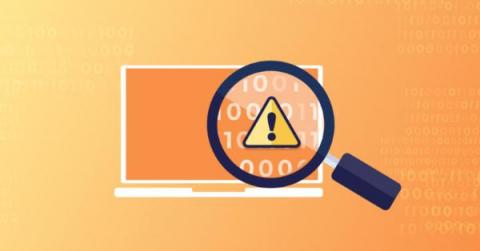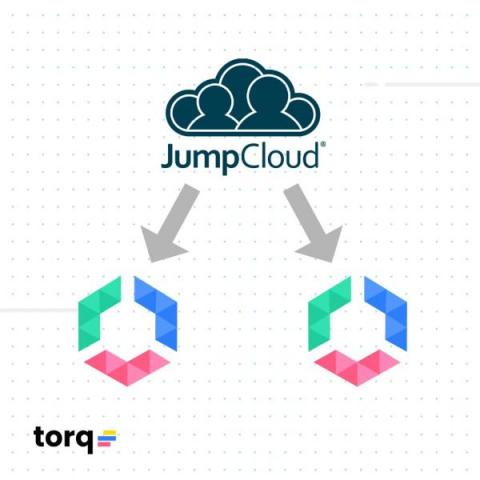Critical Vulnerability in Spring Core: CVE-2022-22965 a.k.a. Spring4Shell
After the Spring cloud vulnerability reported yesterday, a new vulnerability called Spring4shell CVE-2022-22965 was reported this time on the very popular Java framework Spring Core on JDK9+. The vulnerability is always a remote code execution (RCE) which would permit attackers to execute arbitrary code on the machine and compromise the entire host.











